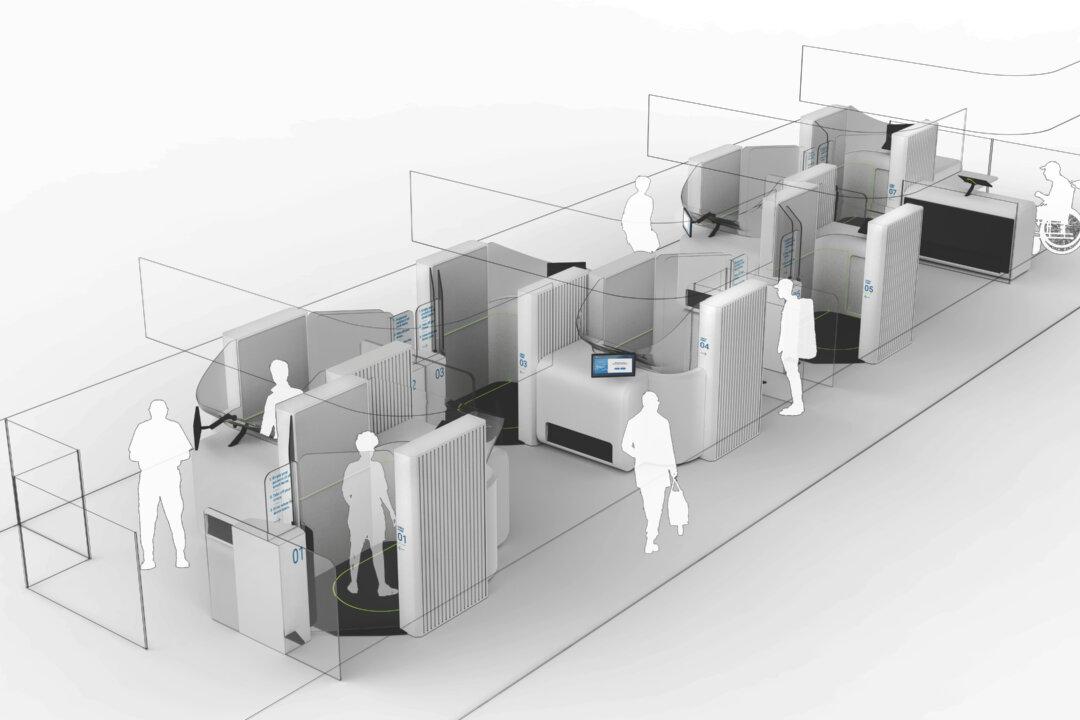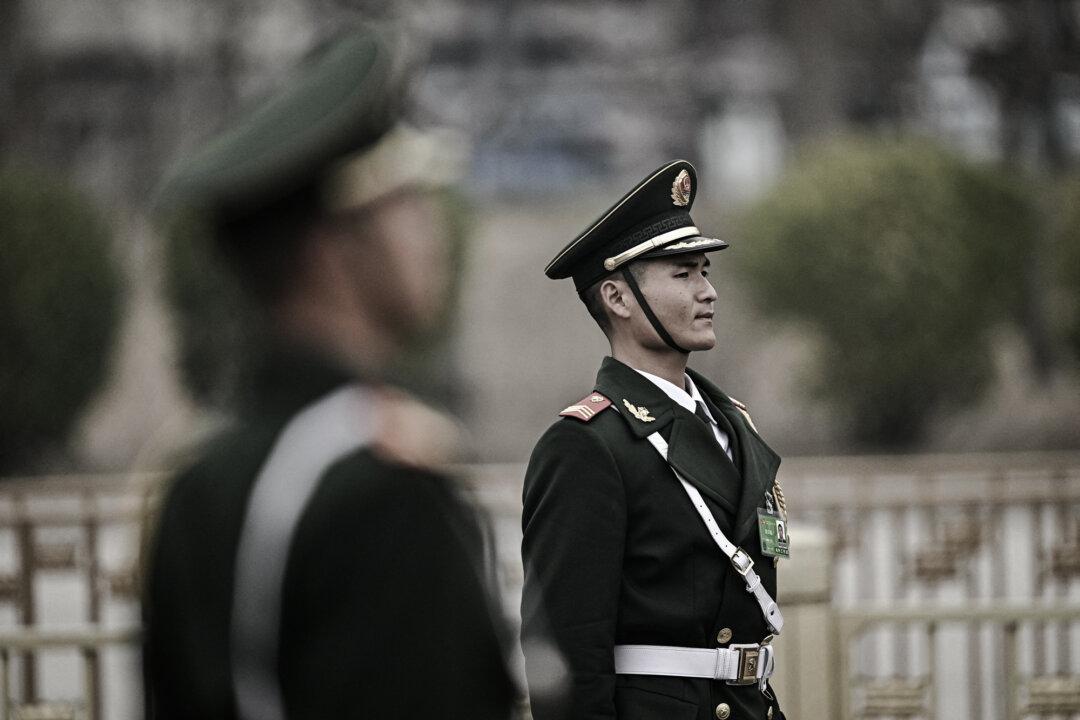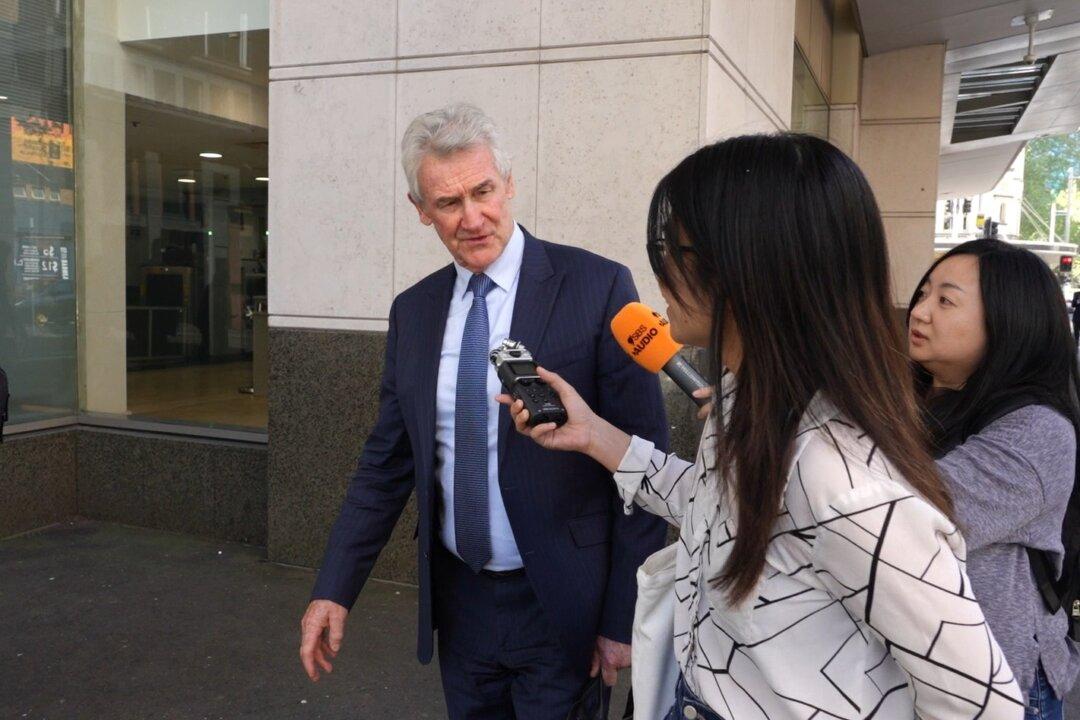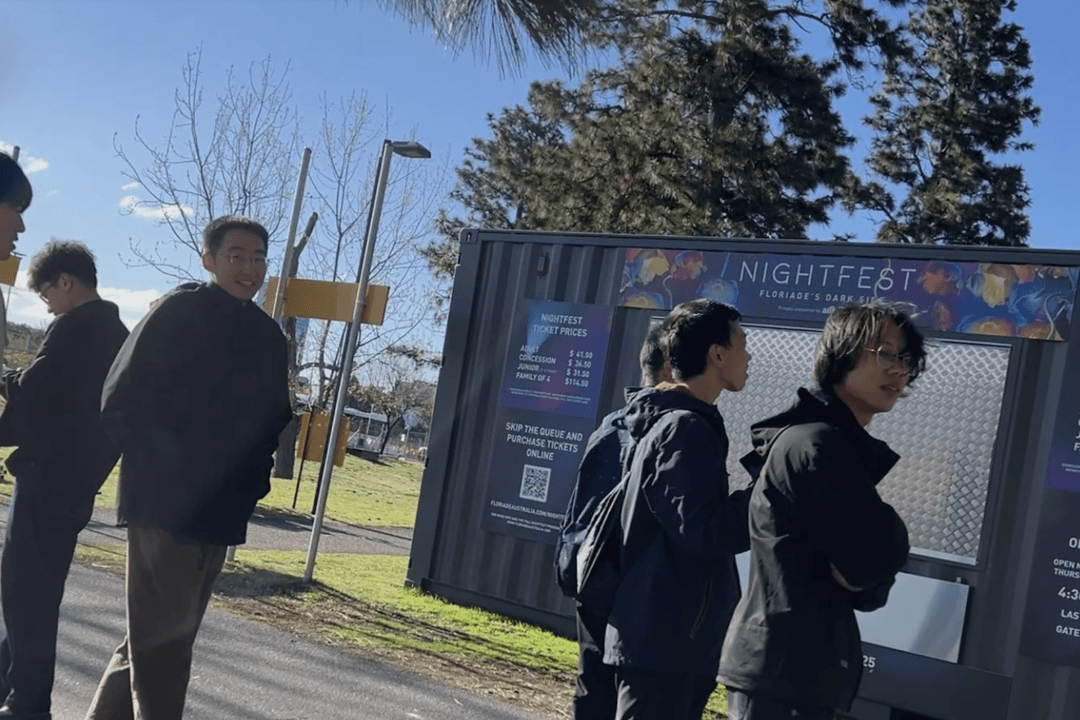Australian researchers have come up with a design to improve airport security checks in the United States (U.S.), which may soon mitigate long airport waiting times.
Micro-X, an Australian tech company, has partnered with the Design Health Collab at Monash University to streamline crucial airport security checkpoint processes across the U.S. and increase aviation passenger safety.




